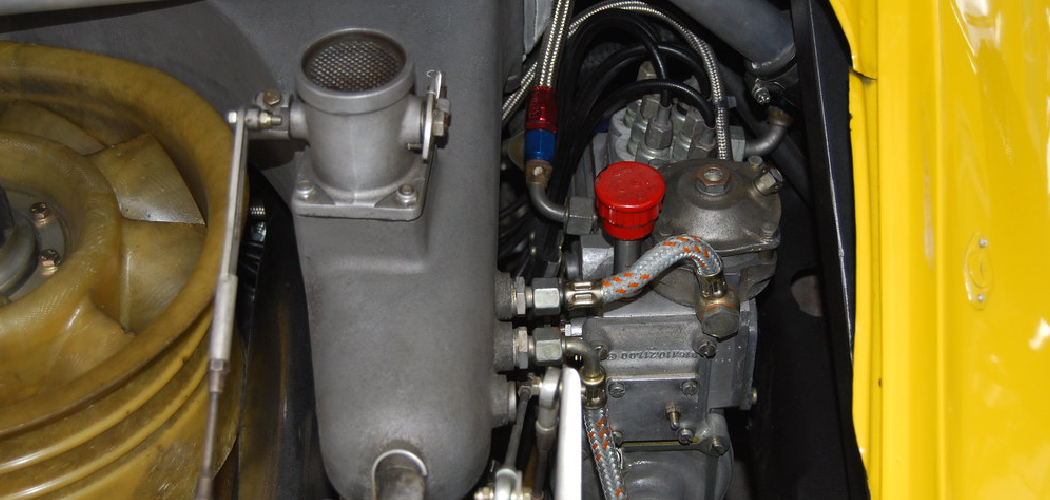A high-pressure fuel pump (HPFP) is critical for the proper functioning of modern gasoline direct injection engines, playing a key role in delivering the right amount of fuel at the right pressure to the engine’s combustion chamber.

However, like any mechanical component, the HPFP can fail, leading to a variety of engine performance issues. Detecting a failing HPFP is essential for maintaining your vehicle’s health and ensuring safety on the road.
In this guide on how to know if high pressure fuel pump is bad, we’ll delve into the tell-tale signs and symptoms indicative of a bad high pressure fuel pump, so you can address the issue before it leads to more severe complications.
What is a High Pressure Fuel Pump?
A high pressure fuel pump is an essential component in gasoline direct injection (GDI) engines, which use high pressure to deliver fuel directly into the combustion chamber.
Unlike traditional port fuel injection systems that rely on low pressure and vacuum to draw fuel into the engine, GDI systems require a specialized HPFP to create the necessary pressure for effective fuel delivery.
The HPFP is typically located in the engine bay and is driven by the camshaft or timing chain/belt. It works by drawing fuel from the gas tank, pressurizing it to anywhere between 500-2000 PSI, and then delivering it to the injectors that spray precise amounts of fuel directly into the combustion chamber.
Why is a High Pressure Fuel Pump Important?
The HPFP plays a crucial role in maintaining the proper air-fuel ratio for efficient combustion, which ultimately translates to engine power and performance. It also helps to reduce emissions and improve fuel economy, making it an essential component of modern engines.
It is essential to ensure that your HPFP is functioning correctly to avoid any potential issues. The following are some common signs and symptoms of a failing high pressure fuel pump.
Needed Materials
Before we dive into the signs of a bad high pressure fuel pump, it’s essential to gather some necessary materials that will help with the diagnosis and potential repair of the issue. These include:
OBD-II Scanner:
This device plugs into your vehicle’s OBD-II port and can read error codes from the engine control unit (ECU), which can provide valuable information about the health of your HPFP.
Fuel Pressure Gauge:
This tool helps measure the fuel pressure in your vehicle’s system and can be used to determine if the HPFP is delivering enough pressure or if there are any fluctuations that could indicate a problem.
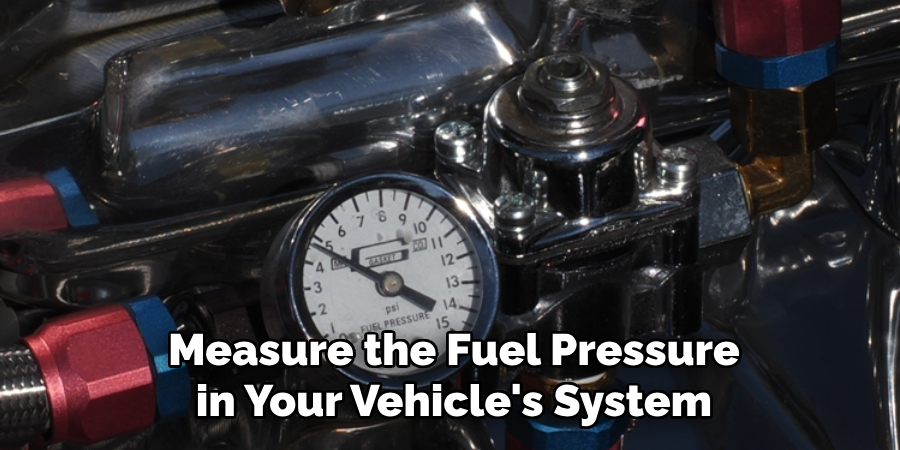
Safety Equipment:
It is essential to work safely when diagnosing engine issues, so make sure to have protective gear like gloves and safety glasses on hand.
10 Step-by-step Guidelines on How to Know if High Pressure Fuel Pump is Bad
Step 1: Check Engine Light
One of the most common signs of a failing HPFP is an illuminated check engine light. This can be triggered by various issues, but if the code reads “fuel pressure too low” or “fuel rail pressure sensor malfunction,” it could indicate a problem with the HPFP.
You can use an OBD-II scanner to read the error codes and determine if they are related to the HPFP. The check engine light is often the first indicator of a potential issue, so it’s essential to take it seriously. It’s also worth noting that even if the light goes off after a while, it doesn’t mean the problem has disappeared.
Step 2: Difficulty Starting
A faulty HPFP may struggle to provide enough fuel pressure for the engine to start, leading to difficulty or hesitation when starting your vehicle. This is especially noticeable when your car has been sitting for an extended period, such as overnight or after work.
If your vehicle takes longer than usual to start, it could be a sign of a bad high pressure fuel pump. But, this issue could also be caused by a variety of other factors, so it’s best to consult a mechanic for a proper diagnosis. The key is to pay attention to any changes in your vehicle’s starting behavior and address them promptly.
Step 3: Engine Misfires
Misfiring is when the engine skips or stumbles while running. This can be caused by a variety of issues, including a bad high pressure fuel pump. When the HPFP fails, it may not be able to deliver enough fuel pressure to the injectors, resulting in incomplete combustion and engine misfires.
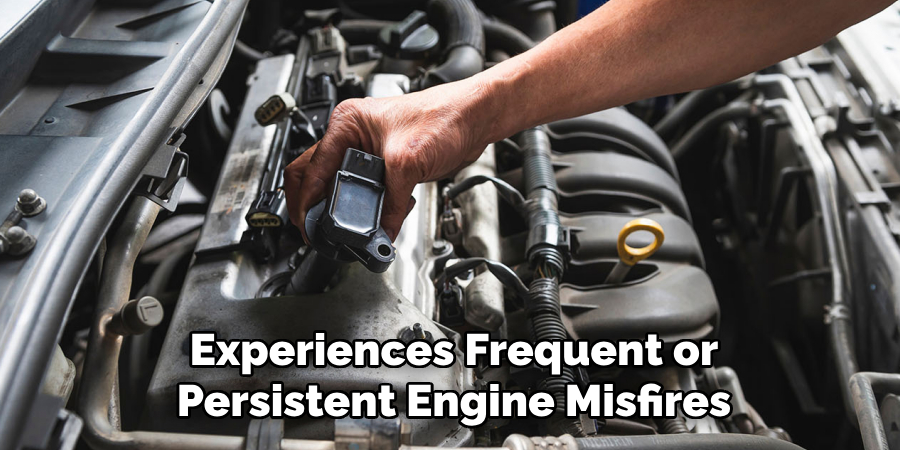
If your vehicle experiences frequent or persistent engine misfires, it’s worth checking the HPFP as a potential culprit. There may also be a noticeable decrease in engine performance, such as reduced power and acceleration. You may feel the engine vibrating or hesitating while driving, which can be a sign of misfires.
Step 4: Loss of Power
A failing HPFP can also lead to a noticeable loss of power while driving. This is because the engine is not receiving enough fuel pressure to function efficiently, resulting in a decrease in performance. You may also notice that your vehicle struggles to accelerate or maintain speed, even when you press down on the gas pedal.
But, it’s essential to rule out other potential causes, such as a clogged fuel filter or faulty spark plugs. You can use a fuel pressure gauge to check for any abnormalities in the fuel pressure. Thus, it’s essential to monitor your vehicle’s power and performance regularly.
Step 5: Engine Stalling
When an HPFP fails completely, it may cause the engine to stall while driving. This can be extremely dangerous, especially at high speeds or in heavy traffic. If your vehicle stalls while driving, it’s essential to pull over safely and have it towed to a mechanic for further diagnosis.
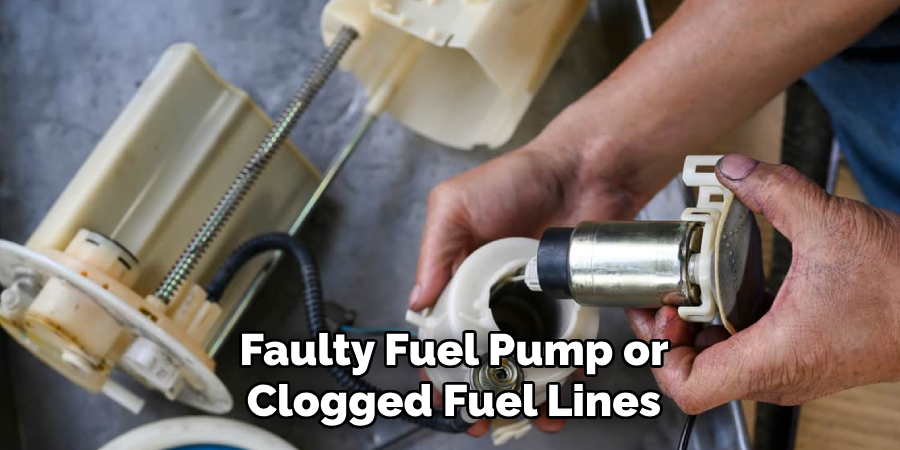
The issue could be related to the HPFP, but it’s crucial to rule out other potential causes, such as a faulty fuel pump or clogged fuel lines. The sooner you address the issue, the safer it will be for you and other drivers on the road. You can also use a fuel pressure gauge to check for any sudden drops in fuel pressure while driving.
Step 6: Rough Idling
A failing HPFP can also cause your engine to idle roughly when stopped. This means that the engine will vibrate or shake more than usual, and you may notice a loud knocking or tapping noise coming from the engine. This is because the HPFP is not delivering enough fuel pressure to maintain a smooth idle.
It’s important to have this issue checked by a mechanic as soon as possible, as it can lead to further damage if left unchecked. But keep in mind that rough idling can also be caused by other factors, such as a dirty air filter or faulty sensors. It’s best to have a proper diagnosis before replacing any parts.
Step 7: Poor Fuel Economy
If you notice a sudden decrease in your vehicle’s fuel efficiency, it could be due to a failing HPFP. As mentioned earlier, the HPFP plays a crucial role in delivering the right amount of fuel for efficient combustion. If it fails, your engine may not receive enough fuel pressure, resulting in poor fuel economy.

Keep track of your vehicle’s average mileage and take note if you start to see a significant decrease in fuel efficiency. However, this issue could also be caused by other factors, so it’s essential to consult a mechanic for a proper diagnosis. But, monitoring your fuel economy can give you an early indication of a potential HPFP problem.
Step 8: Fuel Smell
If you notice a strong smell of fuel coming from your vehicle, it could be a sign of a bad high pressure fuel pump. This is usually caused by leaks or cracks in the HPFP, which can lead to fuel seeping out and creating an odor.
If you smell fuel inside or outside of your car, it’s essential to have it checked by a mechanic immediately, as this can be a fire hazard. It’s also worth noting that a fuel smell can be caused by other issues, so it’s best to have a professional diagnose the problem. You should never ignore the smell of fuel in your vehicle. It’s always better to be safe than sorry.
Step 9: Engine Overheating
A failing HPFP can also cause your engine to overheat. This is because the engine is not receiving enough fuel pressure to regulate its temperature properly. If you notice your vehicle’s temperature gauge rising quickly or if the coolant warning light comes on, it’s essential to pull over safely and have the issue checked by a mechanic. Overheating can cause severe damage to your engine if left unchecked.

However, it’s crucial to rule out other potential causes, such as a faulty thermostat or radiator. If these components are functioning correctly, then the issue could be related to the HPFP. The mechanic will be able to perform further tests to determine the exact cause.
Step 10: Visual Inspection
Sometimes, you may be able to visually tell if an HPFP is bad. Look for any signs of cracks or leaks around the fuel pump itself or in its surrounding area. You may also notice a buildup of fuel residue, which can indicate a leak or faulty seal.
If you are unable to see any visible signs, it’s best to take your vehicle to a mechanic for further inspection and testing. You should never attempt to replace an HPFP on your own unless you have the proper knowledge and experience.
You can also check the fuel rail pressure sensor and its wiring for any issues, as this can also be a potential cause of problems with the HPFP. Overall, it’s essential to keep an eye out for any warning signs and have your vehicle regularly maintained to catch any potential issues with the high-pressure fuel pump early on.
Following these steps on how to know if high pressure fuel pump is bad can help you diagnose and address issues with a bad high pressure fuel pump. Remember to always consult a mechanic for proper diagnosis and repairs, as the HPFP is a crucial component of your vehicle’s engine system. Keeping up with regular maintenance and addressing issues promptly can prevent further damage and keep your car running smoothly.
Preventive Maintenance and Best Practices
Now that you know how to identify potential issues with your high-pressure fuel pump, it’s essential to understand preventive maintenance and best practices for keeping it in good condition. Here are some tips:

- Regularly Check and Replace the Fuel Filter as Recommended by Your Vehicle’s Manufacturer. A Clogged Fuel Filter Can Put Extra Strain on the HPFP and Lead to Premature Failure.
- Use High-quality Fuel, Preferably From a Reputable Gas Station. Low-quality or Contaminated Fuel Can Cause Damage to the HPFP and Other Engine Components.
- Keep Up With Regular Maintenance of Your Vehicle, Including Oil Changes and Tune-ups. This Can Help Catch Any Potential Issues Early on and Prevent Further Damage to the HPFP.
- Avoid Driving With Low Fuel Levels. This Can Cause the HPFP to Work Harder and Wear Out More Quickly.
- If You Notice Any Warning Signs of a Bad High Pressure Fuel Pump, Address Them Promptly by Taking Your Vehicle to a Mecha
By following these preventive maintenance tips, you can prolong the life of your high-pressure fuel pump and avoid costly repairs or replacements.
Safety Considerations and Environmental Impact
It’s important to note that a failing high-pressure fuel pump can not only cause damage to your vehicle but also pose safety risks. A faulty HPFP can result in stalling, engine overheating, and even potential fires if fuel leaks are present. Therefore, it’s crucial to address any issues with the HPFP promptly to ensure your safety and that of others on the road.
Additionally, the environment can also be negatively impacted by a bad high pressure fuel pump. A faulty HPFP can lead to higher emissions and contribute to air pollution. By maintaining your vehicle and addressing any issues with the HPFP early on, you can help reduce your carbon footprint and protect the environment.
Real-Life Examples and Case Studies
There have been several recalls and customer complaints regarding issues with high-pressure fuel pumps in various vehicle makes and models. For example, BMW recalled over 150,000 vehicles in 2018 due to potential problems with their HPFPs.
This serves as a reminder of the importance of regularly maintaining and addressing potential issues with the high-pressure fuel pump to prevent safety concerns and costly repairs. You can also find numerous customer reviews and experiences online related to HPFP failures, emphasizing the need for proper maintenance and prompt repairs.
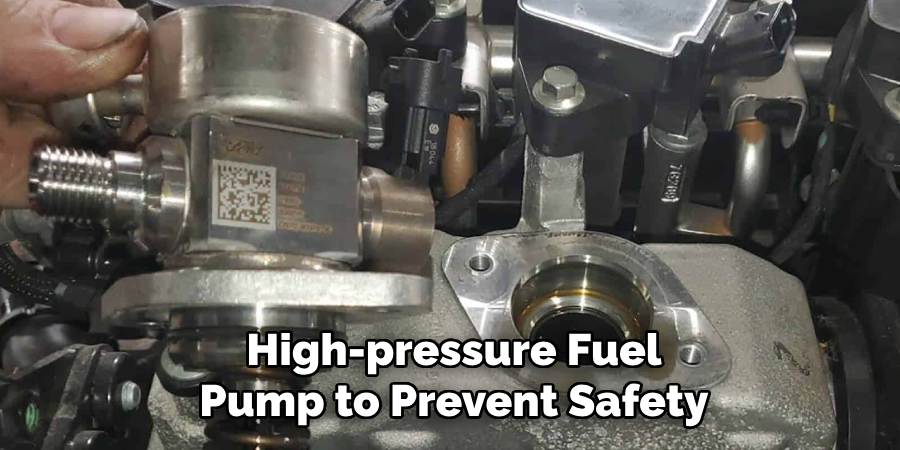
Frequently Asked Questions
Q: Can a Bad High Pressure Fuel Pump Be Fixed?
A: In some cases, yes. If the issue is caught early on, it may be possible to replace or repair the HPFP. However, if the damage is severe, it may need to be replaced entirely. You should consult a mechanic for proper diagnosis and repairs.
Q: How Much Will It Cost to Replace a Bad High Pressure Fuel Pump?
A: The cost of replacing an HPFP can vary depending on the make and model of your vehicle, as well as the extent of the damage. On average, it can range from $500 to $1500, including parts and labor costs. Again, it’s best to consult a mechanic for an accurate estimate.
Q: Can I Drive with a Bad High Pressure Fuel Pump?
A: It’s not recommended to drive with a bad HPFP as it can potentially cause further damage to your engine and put you at risk for stalling while driving. If you suspect an issue with your high pressure fuel pump, it’s essential to have it checked by a mechanic and avoid driving until it’s fixed.
Q: How Can I Prevent Issues with My High Pressure Fuel Pump?
A: Regular maintenance is crucial in preventing issues with your high pressure fuel pump. It’s recommended to have your vehicle inspected every 50,000 miles or as per the manufacturer’s guidelines. Addressing any potential issues early on can prevent them from becoming more severe and costly to fix. It’s also essential to use quality fuel and avoid running your car on low fuel levels, as this can put extra strain on the HPFP.
Conclusion
In conclusion, recognizing the warning signs of a failing high pressure fuel pump is crucial for the upkeep of your vehicle and can help prevent more serious engine problems. Symptoms such as a sputtering engine decreased fuel efficiency, and a loss of power under load are classic indicators that your HPFP may need attention or replacement. If you encounter any of these issues, it’s advisable to consult with a professional mechanic promptly.
Regular maintenance and early detection are key to extending the life of your vehicle’s HPFP and ensuring your car remains reliable and safe to drive. Thanks for reading this article on how to know if high pressure fuel pump is bad.

